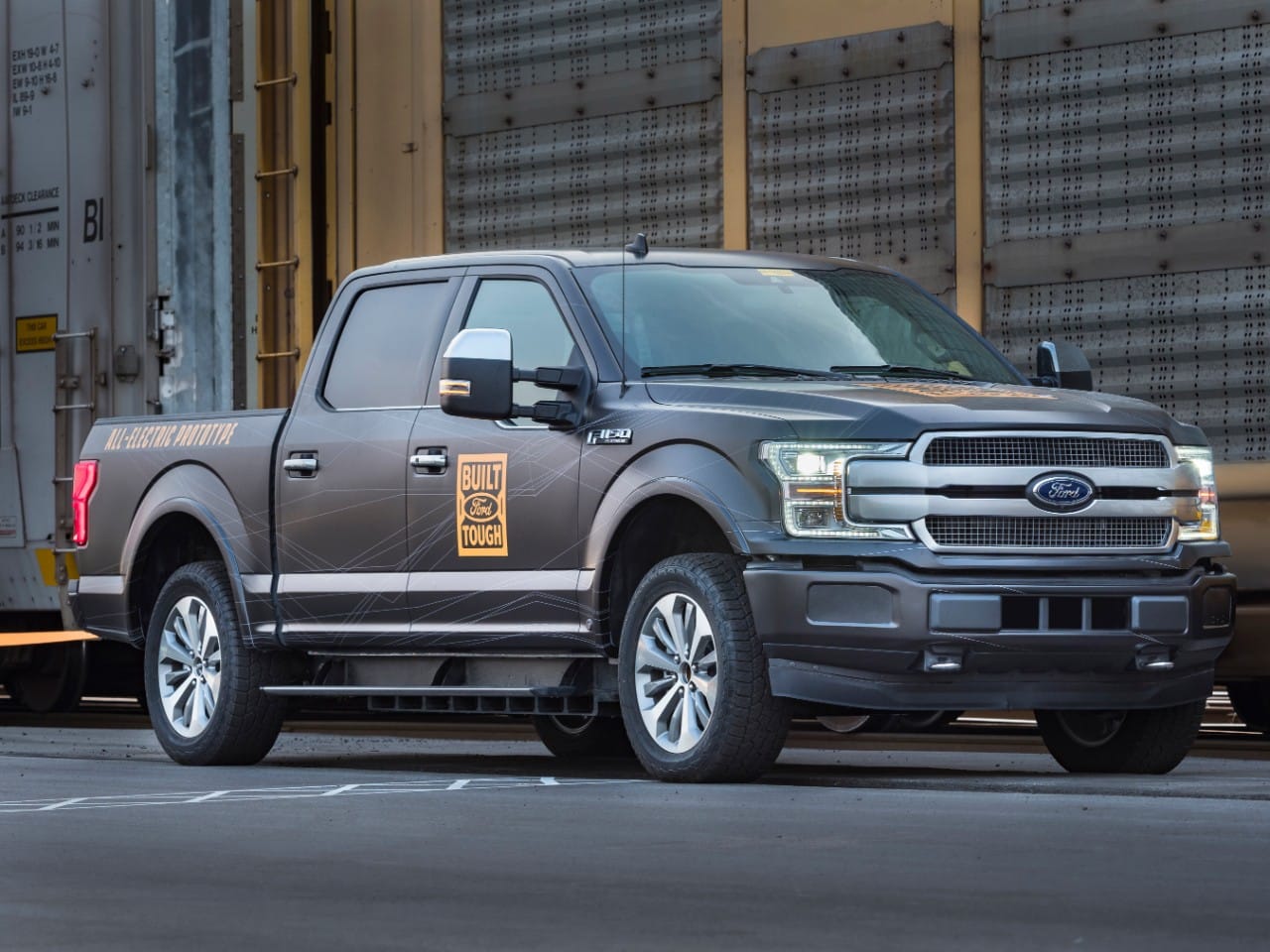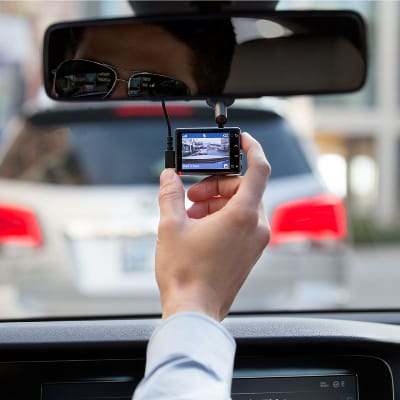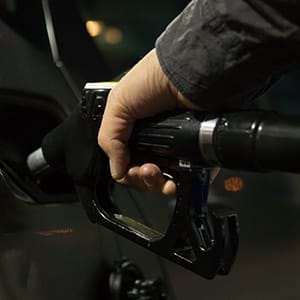
How many of us, with cruise control set at a conservative 69mph, have yearned for higher speed limits? Or imagined driving on unrestricted German autobahn? No speed limit sounds like a dream, although unless you’re piloting a BMW M3 or Porsche, it quickly becomes a nightmare!
Well here in the US, states have been steadily raising speed limits. Here’s how things stand now and what it means for motorists.
Welcome to the Club
The 80 plus club that is, as in 80mph. Currently six states allow drivers to drive at 80mph on stretches of rural interstate. Those are Idaho, Montana, Nevada, South Dakota, Utah and Texas. Texas actually goes one further by permitting 85mph in some places.
Other states have moved limits up to 75, or from 65 to 70. (Pity Delaware drivers, though, where the limit is still 55mph.) Yet curiously, Michigan, home to the Motor City, just backed away from raising speed limits. Politicians there seem to be having second thoughts, despite higher speeds being popular among some sectors of the electorate.
Costs and Benefits
Driving faster means you get where you’re going quicker – a little bit – providing you get there at all. A Michigan study found raising the limit 5mph could shave 10 minutes off a two-and-a-half hour drive. The downside? Higher accident rates and more fatalities.
Backing this up, the Insurance Institute for Highway safety (IIHS) published a report in April 2016 titled, “Speed limit increases cause 33,000 deaths in 20 years.” This might seem alarmist, given that accident and death rates are down substantially since the 1990’s, but the numbers don’t lie. Driving faster means more and more serious accidents.
Reflecting Reality
Proponents of higher limits argue that many drivers already speed on interstates, so why not just reflect that reality? Well, safety experts counter that people will drive faster still. In other words, if they drive five over at 70, moving the limit to 75 means they’ll drive 80 instead.
Hidden Costs
In addition to accident rates, studies on higher limits in Michigan predicted two other outcomes. Higher speeds mean more wear and tear on the roads, and also, increased gas consumption. States like to tax gasoline, so higher speeds presumably mean more revenue. Is that what this is about? The answer remains unclear, but if this trend continues, we could all soon be setting our cruise control to higher speeds.




